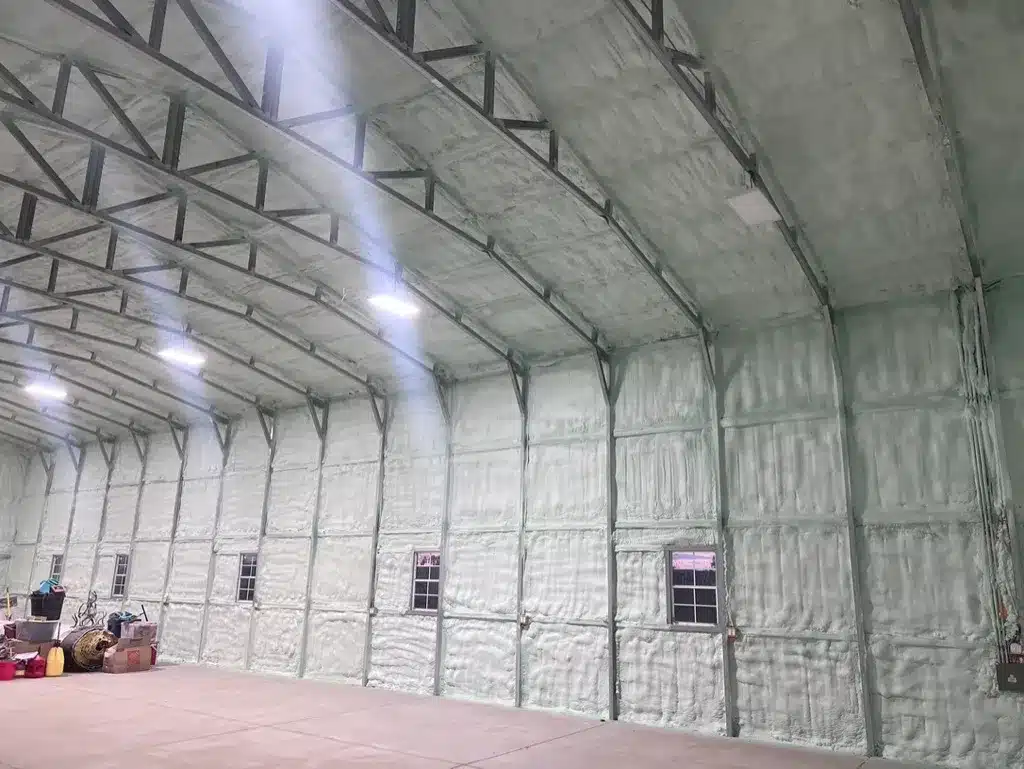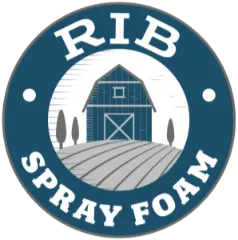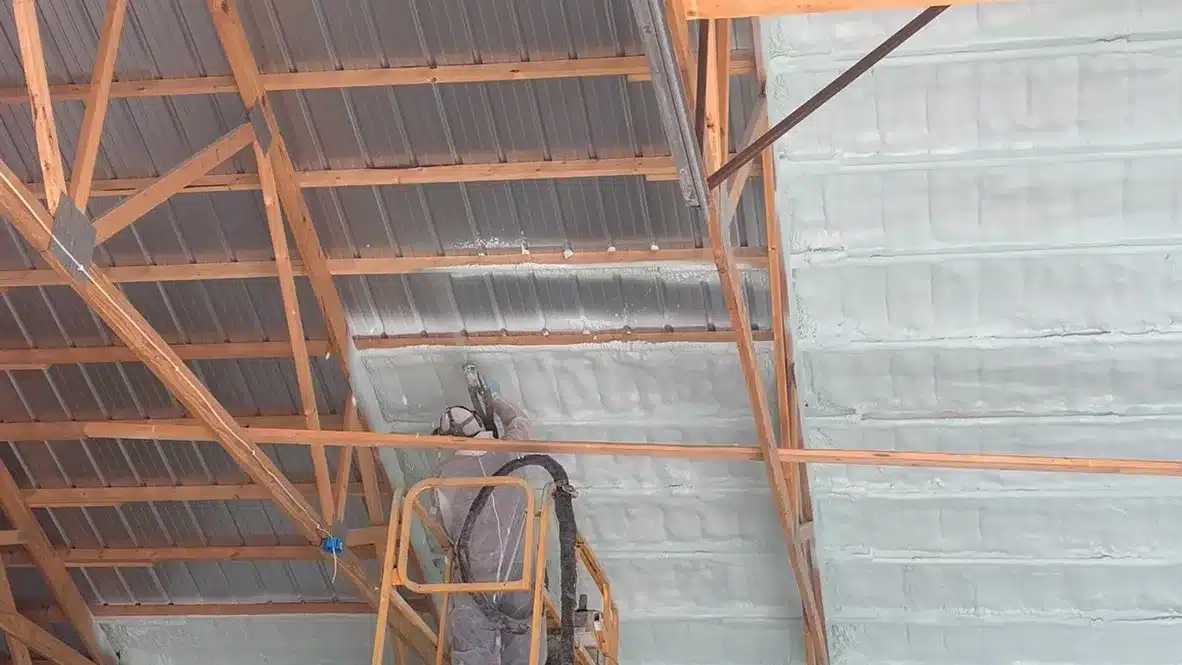Spray foam insulation in Akron can reduce long-term energy costs by up to 40–50% compared to conventional insulation materials like fiberglass or cellulose. The higher initial investment is offset over time by improved energy retention, HVAC efficiency, and reduced maintenance needs.
Akron’s variable climate—with cold winters and humid summers—creates demand for high-performance insulation. Closed cell spray foam offers an air-tight seal that prevents heat loss in winter and limits moisture intrusion during humid months. This dual function leads to significant year-round savings.
Rib Spray Foam Company applies experience from residential and commercial projects across Northeast Ohio, ensuring installation techniques align with both regional conditions and building code requirements.
Energy Savings Breakdown by Insulation Type in Akron
| Insulation Type | Avg Energy Savings (Year 1) | Payback Period | Lifespan |
|---|---|---|---|
| Closed Cell Spray Foam | 40–50% | 3–5 years | 30+ years |
| Fiberglass Batt | 15–20% | 7–10 years | 10–15 years |
| Cellulose Blown-In | 20–30% | 5–8 years | 20–30 years |
Source: U.S. Department of Energy, Oak Ridge National Laboratory
Regional Performance Factors in Akron
Akron sits within a mixed-humid climate zone. This means insulation must resist both cold infiltration and summer moisture. Closed cell spray foam outperforms other options here by blocking vapor and preventing air movement. Homes using this insulation see more stable interior temperatures and less strain on HVAC systems.
Technical Comparison
| Attribute | Closed Cell Spray Foam | Fiberglass Batt | Cellulose Blown-In |
|---|---|---|---|
| R-Value per Inch | 6.0 – 7.0 | 2.9 – 3.8 | 3.2 – 3.8 |
| Air Sealing Capacity | Excellent | Poor | Moderate |
| Vapor Barrier | Yes | No | No (needs extra) |
| Moisture Resistance | High | Low | Moderate |
| Mold Resistance | Yes | No | Yes (with additives) |

Long-Term Savings Scenarios
Homes retrofitted with closed cell spray foam typically show:
- 20–30% lower HVAC maintenance costs (based on service frequency trends)
- Fewer drafts and cold spots, which increases comfort and reduces reliance on space heaters or supplemental systems
- Up to 50% fewer air leaks, verified via blower door tests
Bonus Tip
In older Akron homes with crawl spaces or rim joists, spray foam insulation significantly reduces heat loss. These problem areas often cause 10–15% of total heating loss.
Market Facts Supporting Cost Savings
- Energy Star (2024) reports average annual energy cost savings of $1,200 in homes with spray foam versus standard fiberglass in mixed-humid zones.
- Building Science Corporation notes that buildings with closed cell spray foam in cold climates reduce energy consumption by up to 45% compared to homes insulated with traditional materials.
- Akron Building Department data show rising retrofit permits for spray foam installations, suggesting increased trust and demand in this solution.
Things to Consider Before Making a Decision
- Budget: Spray foam has a higher upfront cost. Determine if the long-term savings justify this in your case.
- Building Age and Design: Older homes may require prep work like air sealing or removing old insulation.
- Moisture Conditions: Homes with moisture issues should address drainage and leaks before applying insulation.
- Ventilation: Spray foam seals the home tightly. Ensure ventilation meets code to prevent indoor air quality issues.
Bonus Tip
Request a blower door test before and after installation. This measures actual improvement in air sealing and helps verify return on investment.
Rib Spray Foam Company Offers These Insulation Services
- Closed Cell Spray Foam: High-performance insulation ideal for Akron’s temperature swings. Reduces heat loss and improves energy efficiency.
- Crawl Space Spray Foam: Seals unconditioned spaces below the home that typically leak heat and harbor moisture.
- Pole Barn Spray Foam: Controls condensation and improves indoor temperature control in outbuildings and workshops.
- New Construction Spray Foam: Applied during framing for airtight seals, ensuring long-term thermal control from day one.
Common Questions
What’s the return on investment for spray foam insulation?
Most homeowners in Akron see payback within 3–5 years through reduced energy bills and fewer HVAC issues.
Does spray foam work well in humid summers?
Yes. Closed cell spray foam resists moisture and prevents humid air from entering walls and crawl spaces.
Is spray foam safe to use in basements or crawl spaces?
When properly installed, it is safe and highly effective in damp environments. Ensure proper ventilation.
Can it be used in existing homes or only new builds?
It works in both. Existing homes may require more prep, but results are comparable.
Get Expert Insulation Guidance
Contact Rib Spray Foam Company to discuss whether spray foam insulation fits your property and goals. With extensive experience across Akron homes and buildings, the team ensures proper material selection and installation quality.
Phone: (970) 518-2883
Email: [email protected]
FAQ
How long does spray foam insulation last?
Closed cell spray foam can last over 30 years without losing effectiveness if undisturbed.
Does it attract pests or rodents?
No. It’s not a food source and doesn’t provide nesting space.
What happens if there’s a leak behind spray foam?
Leaks should be addressed before installation. Infrared scanning helps locate potential issues beforehand.
Can it reduce outside noise?
Yes, particularly closed cell foam adds mass and reduces air gaps, limiting sound transfer.
Is it compliant with Akron building codes?
Yes. Spray foam installed by certified professionals meets all regional and energy efficiency requirements.



